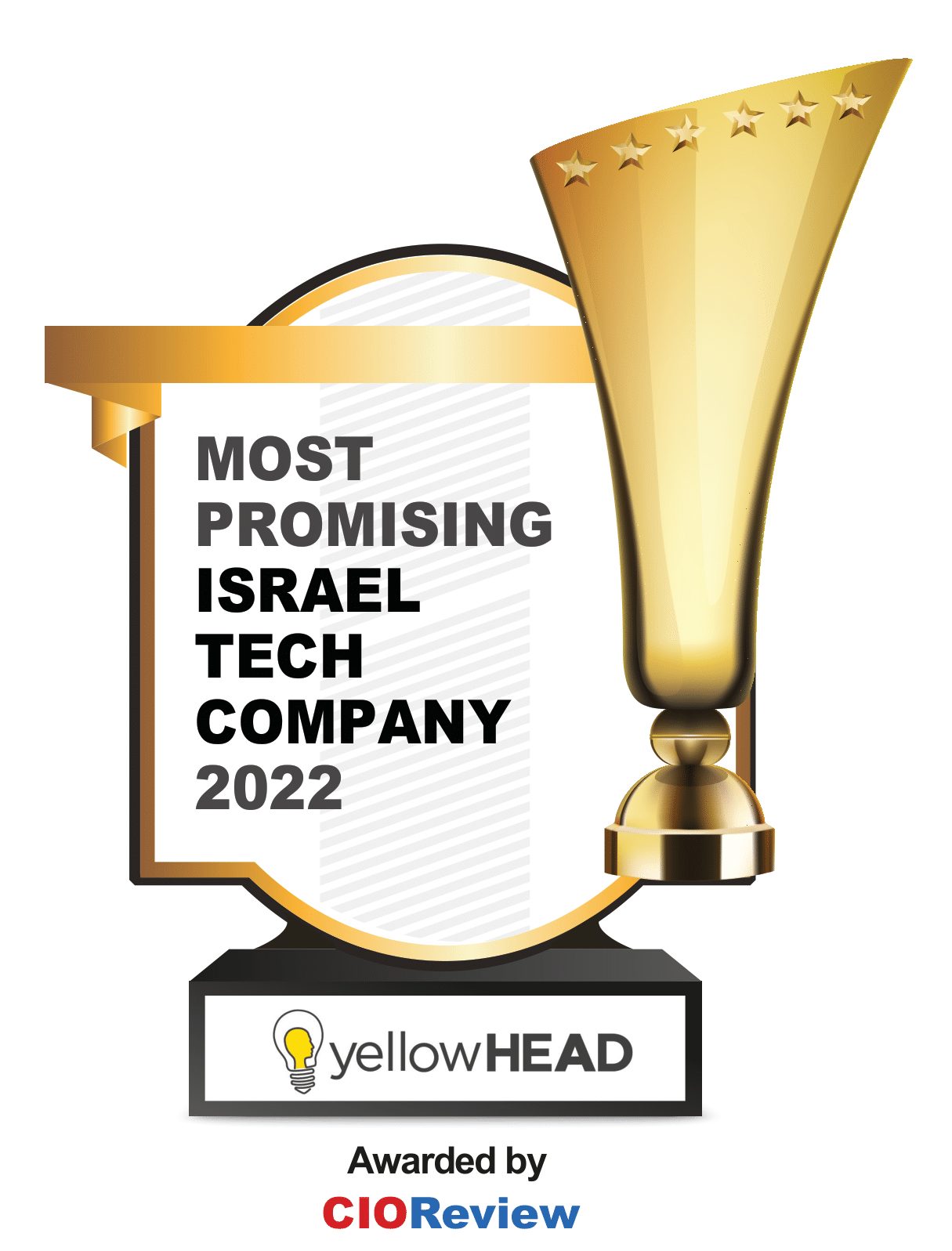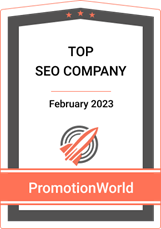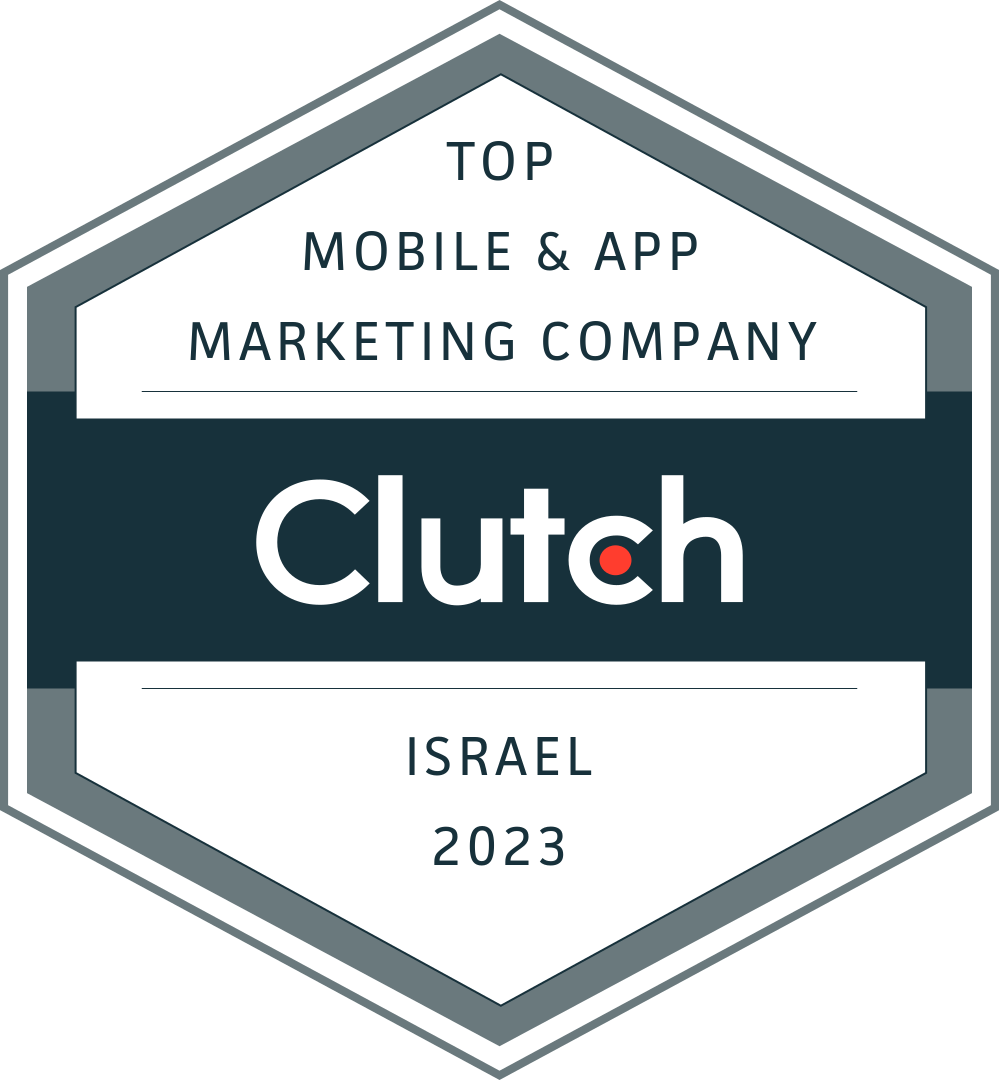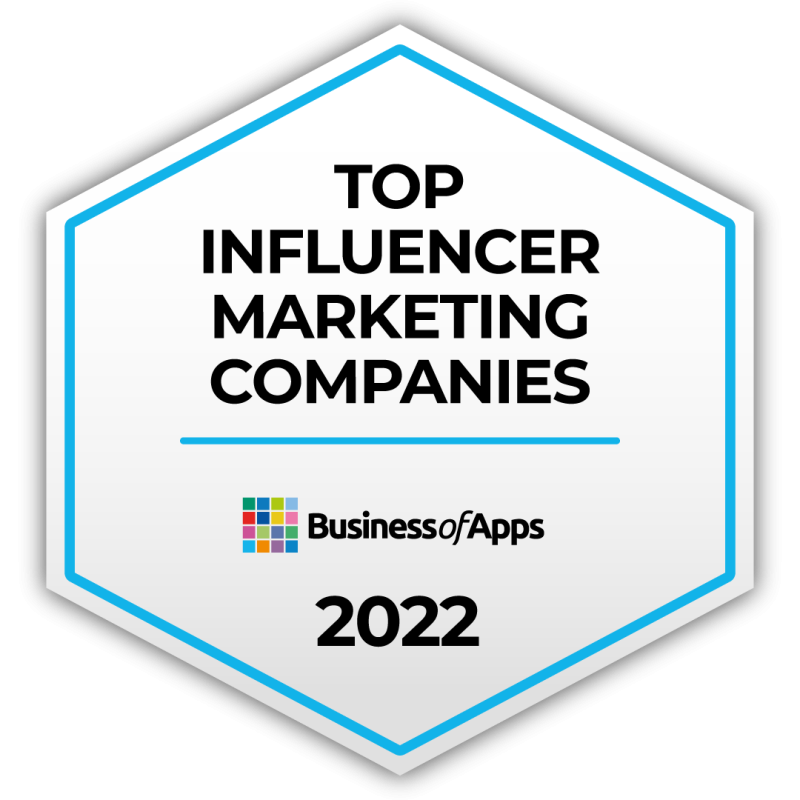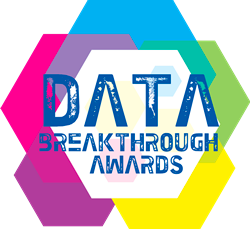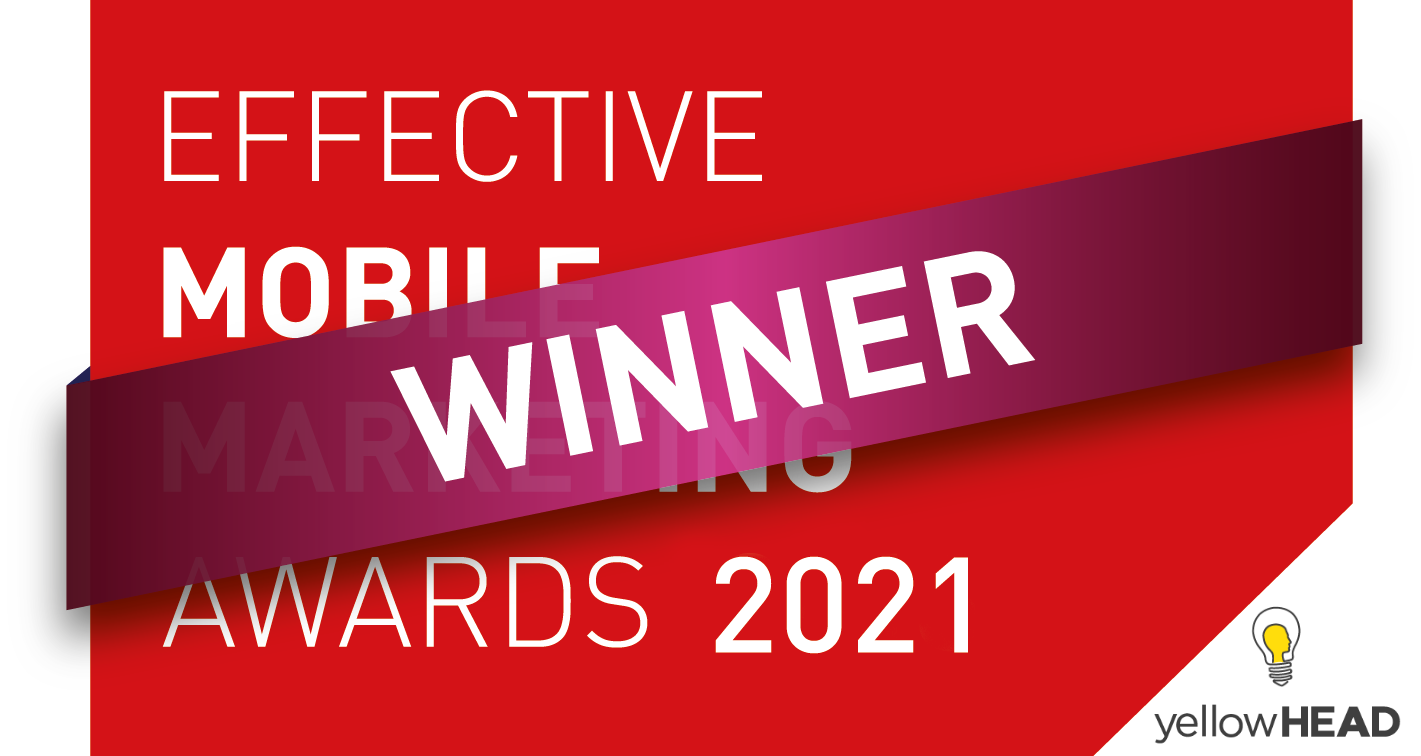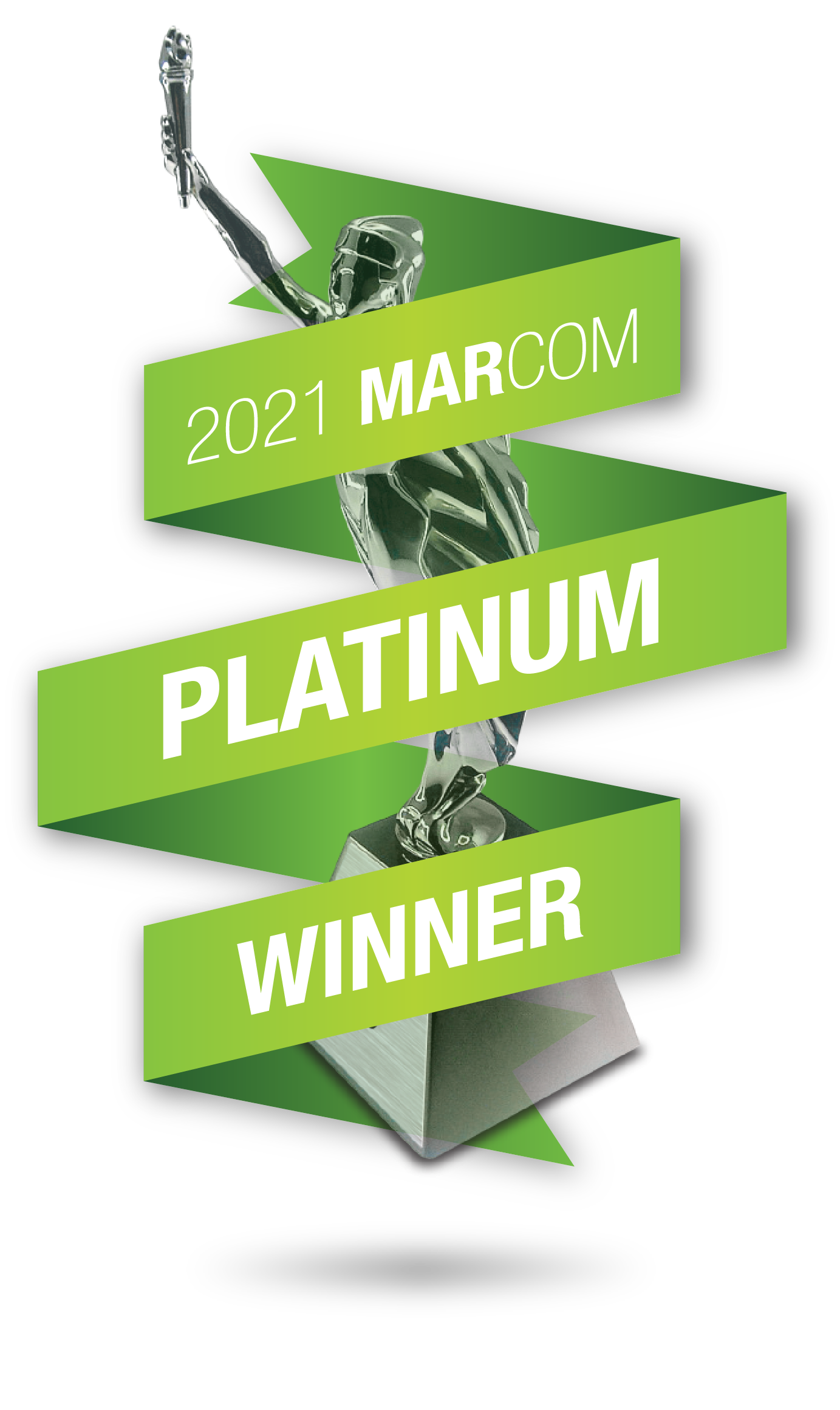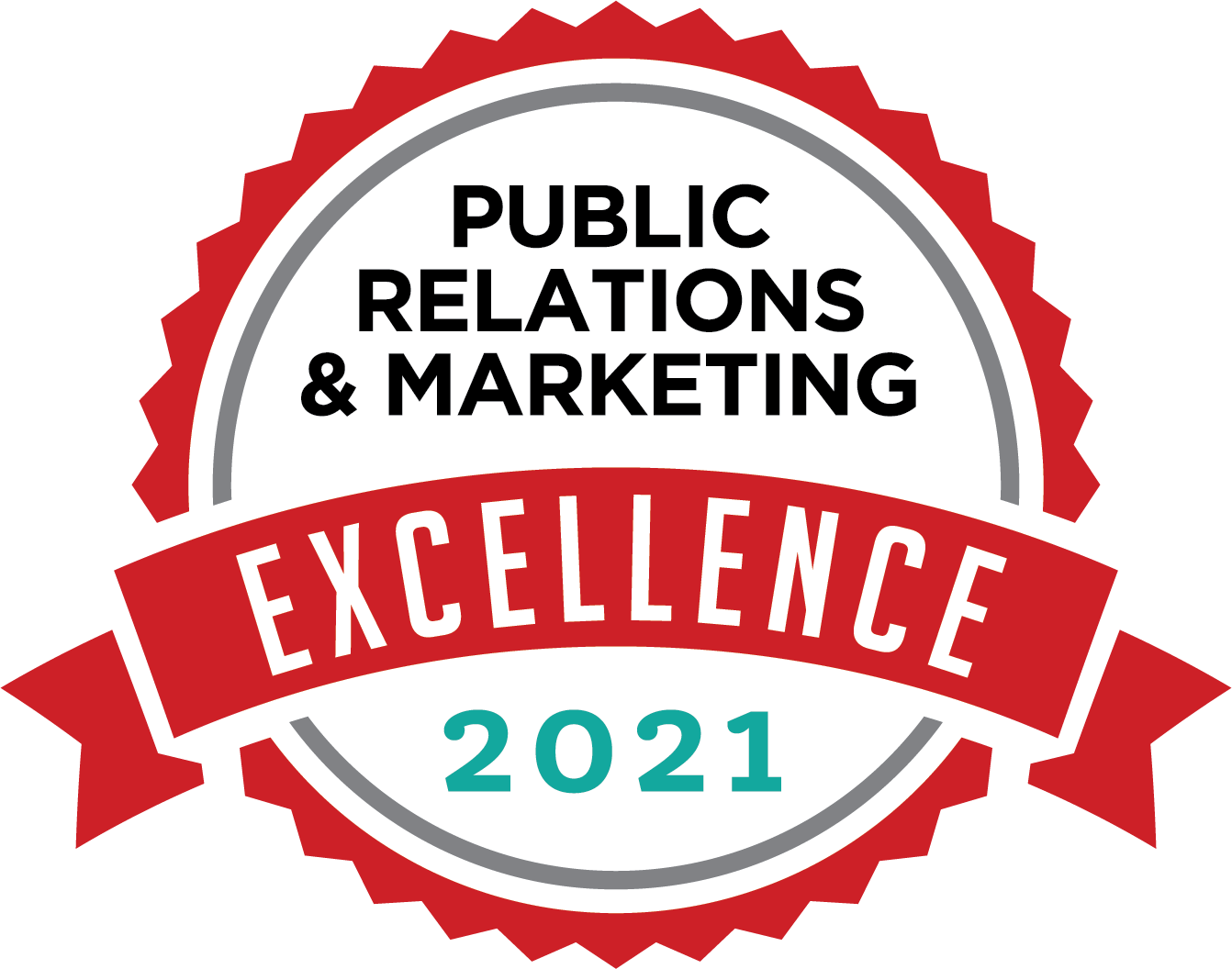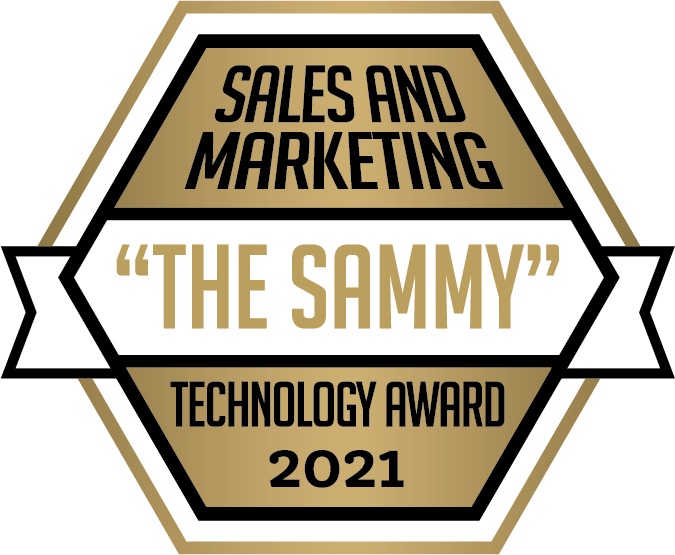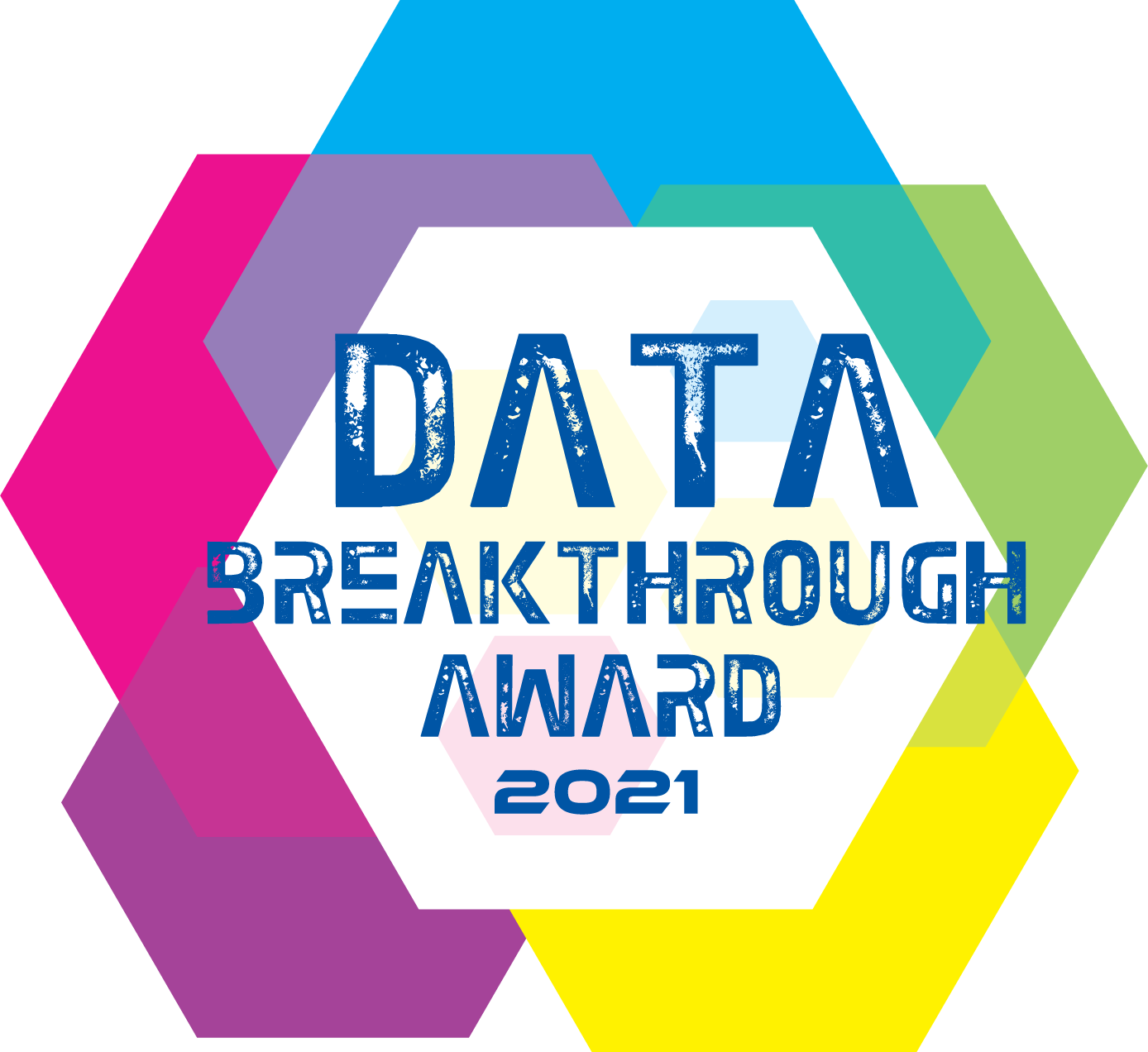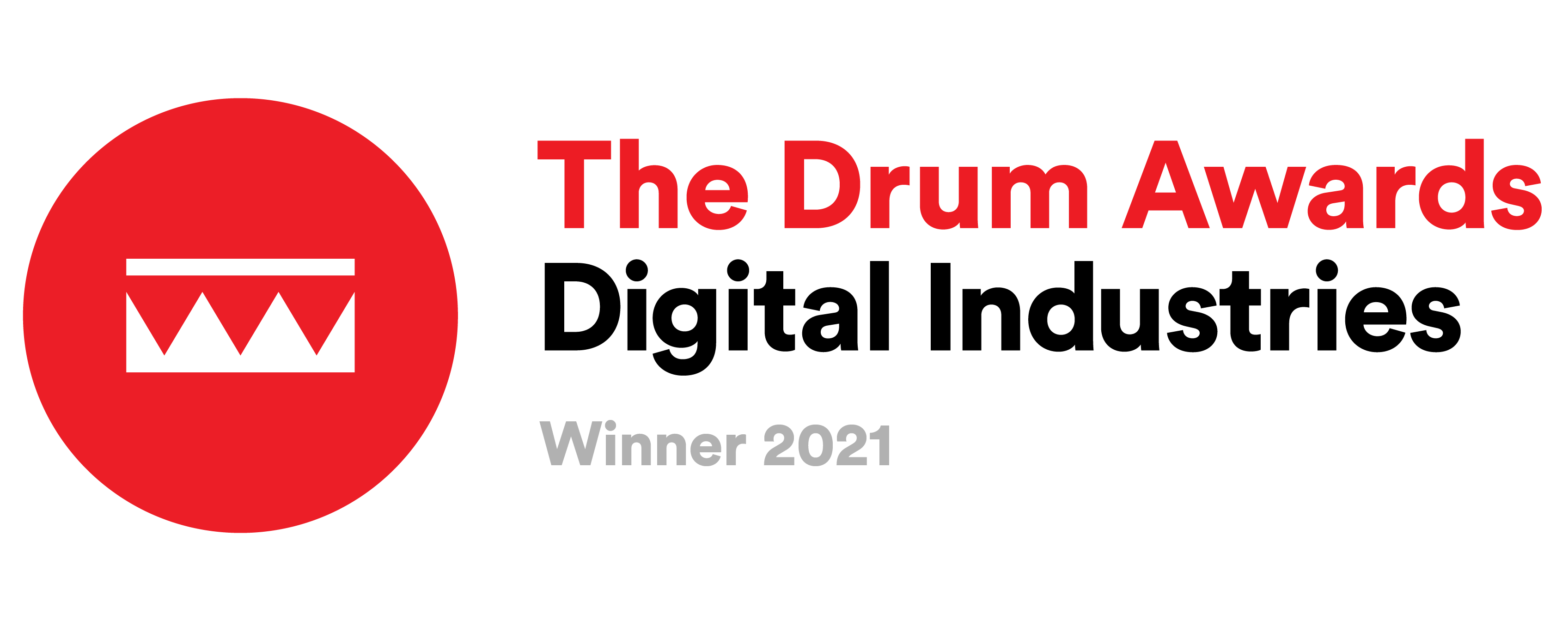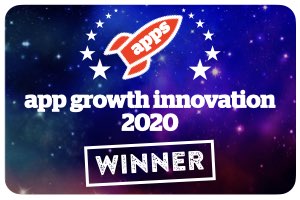The Ultimate Guide to Programmatic Advertising: How It Works and Why It Matters

In the ever-evolving digital marketing landscape, efficiency, precision, and scalability are vital for success. Enter programmatic advertising, a transformative approach that uses automation and real-time bidding to optimize ad placement. Whether you’re a seasoned marketer or exploring programmatic for the first time, understanding how it works and why it matters is crucial for staying ahead.
This guide covers everything you need to know about what is programmatic advertising, including the programmatic definition, the various types of programmatic advertising, and the benefits of programmatic advertising for your business.
What Is Programmatic Advertising?
Programmatic advertising refers to the automated buying and selling of online ad space using sophisticated algorithms and real-time data. Unlike traditional methods that require manual negotiations and direct sales, programmatic advertising leverages artificial intelligence (AI) and machine learning to deliver ads to the right audience at the right time.
Programmatic Definition
At its core, programmatic marketing is a data-driven approach to digital advertising, enabling advertisers to automate processes, reduce inefficiencies, and maximize return on investment (ROI). It integrates various tools and platforms, such as demand-side platforms (DSPs), supply-side platforms (SSPs), and ad exchanges.
What Are Programmatic Ads?
Programmatic ads are digital advertisements bought and placed through an automated process. These can include display ads, video ads, native ads, and even out-of-home digital ads. With programmatic advertising, marketers can target specific audiences based on their behaviors, demographics, or geographic location.
How Does Programmatic Advertising Work?
Understanding how programmatic advertising works is essential for leveraging its full potential. The process can be broken down into several steps:
- Audience Targeting: Marketers define their ideal audience based on various data points like browsing habits, device usage, and purchase intent.
- Ad Inventory Access: Publishers list their available ad spaces on SSPs, where DSPs analyze and bid for these spaces in real-time.
- Real-Time Bidding (RTB): The RTB auction determines which ad gets shown to the user, ensuring the highest bidder’s ad is displayed.
- Ad Placement: The winning ad is instantly displayed on the user’s screen, ensuring minimal latency and maximum engagement potential.
Types of Programmatic Advertising
There are several types of programmatic advertising to suit various marketing goals:
- Real-Time Bidding (RTB): Open auction for ad inventory, accessible to multiple advertisers.
- Private Marketplace (PMP): Invitation-only auction, providing more premium inventory.
- Programmatic Direct: Pre-negotiated deals between advertisers and publishers.
- Preferred Deals: Advertisers pay a fixed price for premium ad placements before they go to auction.
Why Is Programmatic Advertising Important?
The digital ad landscape is crowded and competitive. Why is programmatic advertising important? Simply put, it’s the efficiency, scalability, and precision it offers:
- Efficiency: Automation reduces manual work, freeing marketers to focus on strategy.
- Scalability: Campaigns can scale across platforms and devices seamlessly.
- Targeting Precision: Reach the right audience with minimal wastage.
- Real-Time Optimization: Adjust campaigns based on live performance data.
Benefits of Programmatic Advertising
The advantages of programmatic advertising are numerous, making it a game-changer for businesses of all sizes:
- Increased ROI: Targeted ads ensure better engagement and conversions.
- Transparency: Advertisers have clear insights into where their ads are placed and how they perform.
- Cost-Effectiveness: Real-time bidding ensures you pay the best price for ad space.
- Flexibility: Campaigns can be adjusted on the fly based on performance metrics.
How to Do Programmatic Advertising
Getting started with programmatic advertising may seem daunting, but the process is streamlined with the right tools and strategies:
- Define Objectives: Identify what you want to achieve (e.g., brand awareness, lead generation, sales).
- Choose the Right Platform: Select DSPs and SSPs that align with your campaign goals.
- Leverage Data: Use first-party and third-party data to refine audience targeting.
- Monitor and Optimize: Continuously analyze campaign performance and make adjustments.
Tools and Platforms for Programmatic Advertising
Leading platforms like Google DV360, The Trade Desk, and Amazon DSP are widely used in the programmatic space. These tools provide robust features for targeting, bidding, and performance tracking.
What Percentage of Ads Is Programmatic Advertising?
An increasing percentage of ads is being bought programmatically, reflecting the shift towards automated solutions in advertising. According to recent statistics, over 90% of display ads in the U.S. are purchased programmatically, showcasing its dominance in digital marketing.
Advantages of Programmatic Advertising today
As technology advances, the advantages of programmatic advertising become even more pronounced:
- AI-Powered Insights: Enhanced targeting through predictive analytics.
- Cross-Channel Integration: Seamless campaigns across web, mobile, and connected TV.
- Sustainability: Eco-friendly programmatic practices reduce waste and optimize energy usage.
Why Marketers Are Turning to Programmatic Ads
The shift toward programmatic ads is driven by the need for precision and performance. With its ability to analyze vast amounts of data, programmatic advertising provides a competitive edge in an increasingly fragmented digital ecosystem.
Case Study: Transforming ROI with Programmatic Marketing
A leading e-commerce brand implemented programmatic marketing to target high-intent users during the holiday season. By leveraging RTB and geo-targeting, they achieved a 25% increase in conversions and a 15% reduction in cost-per-click (CPC).
Challenges in Programmatic Advertising and How to Overcome Them
While programmatic advertising offers numerous benefits, it’s not without its challenges:
- Ad Fraud: Use verification tools to ensure ad placements are authentic.
- Data Privacy: Adhere to GDPR and CCPA regulations to maintain compliance.
- Complexity: Partner with experienced agencies to simplify execution.
- SPO (Supply Path Optimization): Streamlining the programmatic ecosystem to ensure transparency and efficiency in ad spend.
- Closing the Gap Between Direct Advertisers’ Budgets and Direct Supply: Bridging this gap remains critical for maximizing returns and improving advertiser-supply relationships.
The new technology is focused on addressing these two major challenges, along with simplifying execution and ensuring compliance, to create a more transparent, efficient, and secure programmatic advertising ecosystem.
Future Trends in Programmatic Advertising
The future of programmatic advertising is poised for growth, with trends like:
- Cookieless Targeting: Leveraging first-party data for audience segmentation.
- AI and Machine Learning: Driving smarter campaign optimizations.
- Voice and Audio Ads: Expanding programmatic capabilities to emerging formats.
Conclusion
In today’s fast-paced digital world, programmatic advertising is no longer optional—it’s essential. By automating processes and delivering precise targeting, it maximizes ROI and ensures your campaigns reach the right audience.
Ready to transform your advertising strategy? Contact yellowHEAD to unlock the full potential of programmatic advertising for your business. Let our team guide you through the complexities and help you achieve unparalleled results.
Contact Us Today to Get Started!







